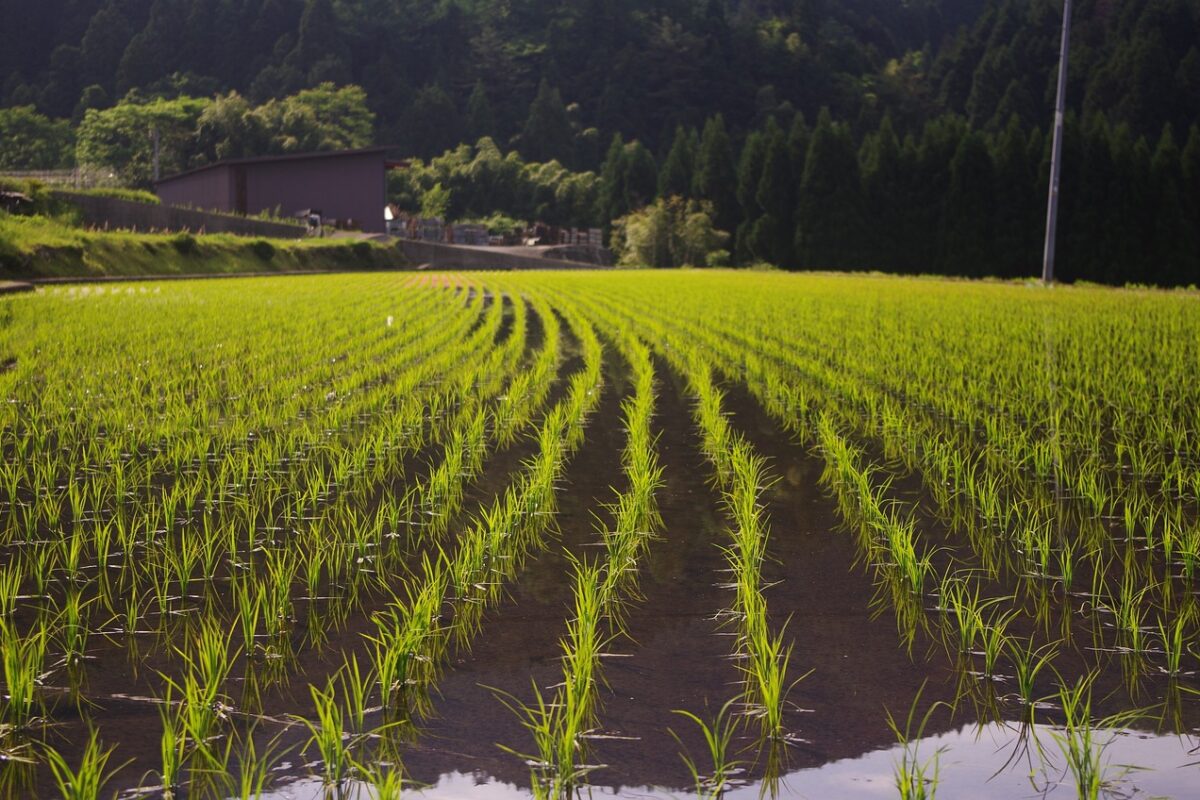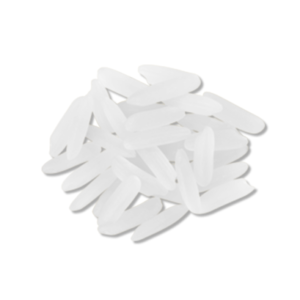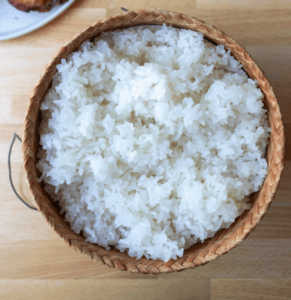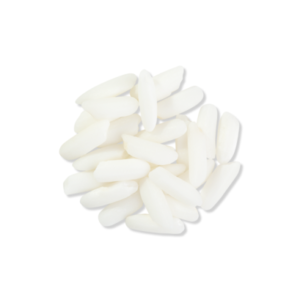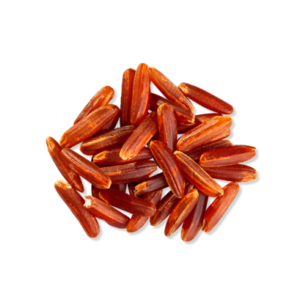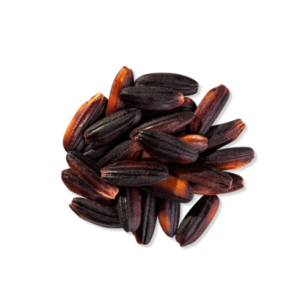Organic Farming
Introduction to Organic Farming
Organic farming focuses on using natural processes and materials to grow crops and raise livestock sustainably. This method avoids synthetic fertilizers, pesticides, genetically modified organisms (GMOs), and artificial additives. Organic Farming in Thailand is aim to promote ecological balance, biodiversity, and soil health while producing food free from harmful chemicals.
The Rise in Popularity of Organic Farming
In recent years, there has been a significant increase in consumer awareness regarding health and sustainability. This shift has increased demand for organic products as consumers worry about the health and environmental impacts of conventional farming.. As a result, they are turning towards organic options as a healthier alternative.
Benefits of Organic Farming in Thailand
- Healthier Produce: Organic farming practices lead to the production of fruits and vegetables that are often richer in nutrients compared to conventionally grown produce. Research indicates that organic foods may contain higher levels of antioxidants and essential vitamins.
- Environmental Sustainability: Organic farming promotes sustainable land management practices that help preserve biodiversity, improve soil quality, and reduce pollution from chemical runoff. By avoiding synthetic inputs, organic farmers contribute to healthier ecosystems.
- Animal Welfare: In organic livestock farming, animals are raised in more humane conditions with access to outdoor spaces. They are fed organic feed without antibiotics or growth hormones, which aligns with ethical considerations regarding animal treatment.
- Economic Viability: While the initial costs of transitioning to organic practices can be high due to certification processes and changes in farming methods, many farmers find long-term economic benefits through premium pricing for their organic products.
Transitioning to Organic Practices
For farmers interested in transitioning from conventional methods to organic practices, several steps can be taken:
- Education and Training: Farmers should seek out resources such as workshops or courses on organic farming techniques. Understanding soil health management, pest control strategies using natural methods, and crop rotation is crucial.
- Soil Health Improvement: Transitioning farmers should focus on building healthy soil through composting, cover cropping, and reduced tillage practices. Healthy soil is foundational for successful organic farming.
- Pest Management Strategies: Instead of relying on chemical pesticides, farmers can implement integrated pest management (IPM) techniques that utilize beneficial insects and natural repellents.
- Certification Process: To market their products as “organic,” farmers must go through a certification process regulated by organizations such as the USDA (United States Department of Agriculture). This process typically requires three years of adhering strictly to organic standards before certification can be granted.
- Community Support: Joining local or regional cooperatives can provide support networks for new organic farmers through shared resources and collective marketing efforts.
- Consumer Education: Educating consumers about the benefits of choosing organic products can help drive demand further while fostering community connections between producers and consumers.
The growing awareness of health benefits and sustainability has made organic farming a promising, eco-friendly alternative for modern agriculture.
Visit: www.ThaiagroDealer.com
 +66 64 310 3686
+66 64 310 3686

